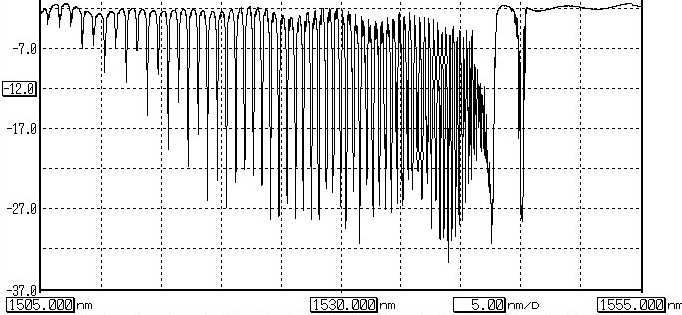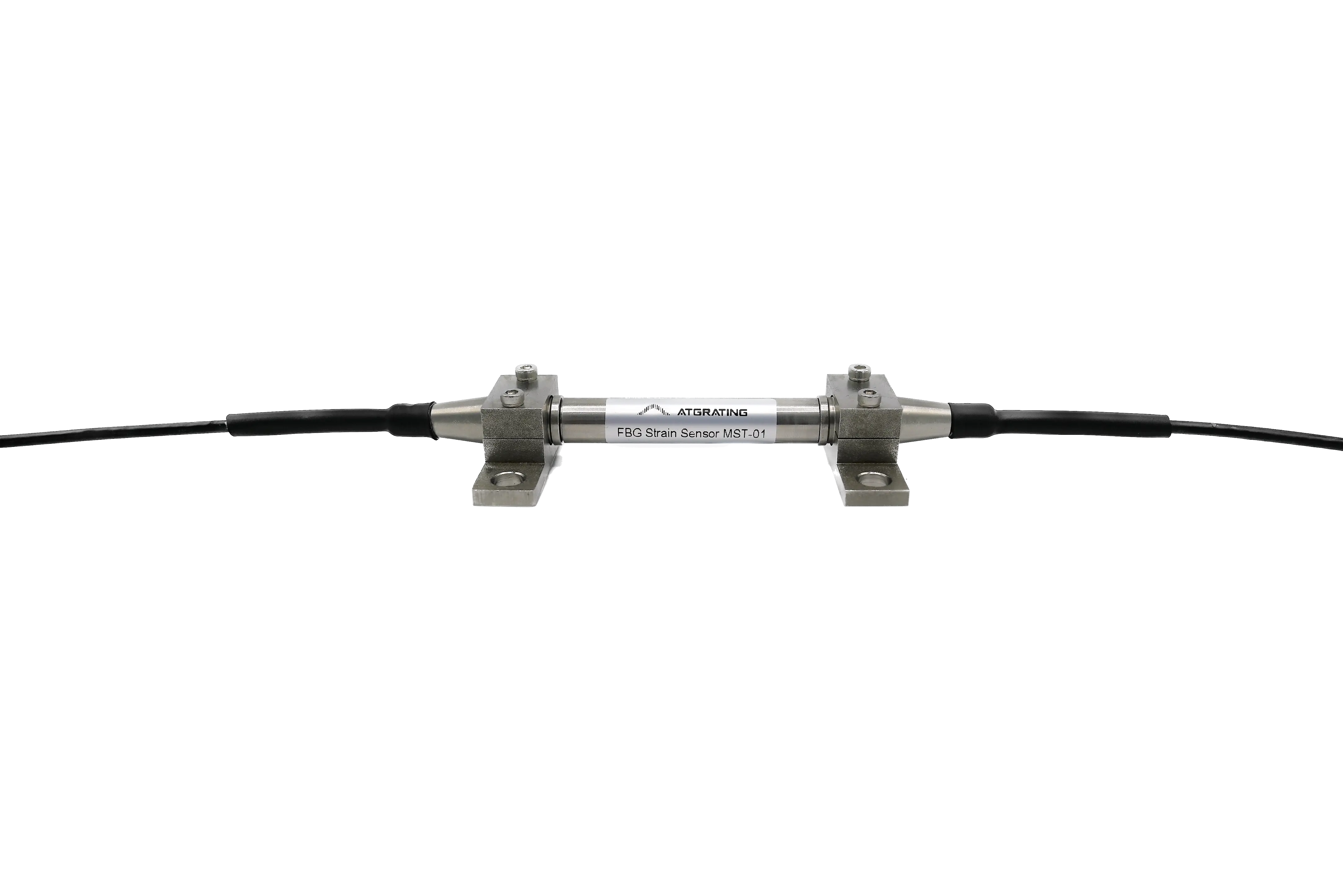When the probe ends of optical fiber are close to the technical test piece, the light in the transmitting fiber can't be reflected into the receiving fiber, and the photocurrent signal can't be generated when it comes out; When the measured surface is gradually far away from the optical fiber probe, the area illuminated by the transmitting optical fiber on the measured surface becomes larger and larger, which makes the area B1 of the corresponding transmitting optical cone and receiving optical weight platform larger and larger, so that the bright B2 area on the end face of the receiving optical fiber is also larger and larger, so that there is an output signal which increases linearly with the displacement of the probe; When the end face of the whole receiving fiber is fully illuminated, the output signal reaches the "light peak point" on the displacement-output signal curve. The curve before the light peak point is called the front slope area. When the measured surface keeps away from the probe, because the area of B2 illuminated by the reflected light is larger than C, that is, part of the reflected light is not reflected into the receiving optical fiber, and because the receiving optical fiber is farther away from the measured surface, the received light intensity decreases, so the output signal of the photosensitive detector gradually weakens, so it enters the back slope area of the curve. In the back slope area, the signal strength is inversely proportional to the square of the distance between the probe and the measured surface. In the front slope region of the displacement-output curve, the intensity of the output signal increases very fast, so this region can be used for micrometer displacement measurement. The back slope area can be used for measurement with long distance and low sensitivity, linearity and accuracy. In the so-called peak region, the sensitivity of the output signal to the change of light intensity is much greater than that to the bit transition, so this region can be used for optical measurement of the surface state.
The arrangement modes of illumination and receiving optical fibers are mainly as follows: random distribution, in-line external light distribution, in-line internal light distribution and half-and-half distribution.
The working principle of optical fiber pressure sensor is similar to that of optical fiber displacement sensor. The light emitted by the light source is transmitted from the optical fiber and projected onto the inner surface of the diaphragm, then reflected, and then received by the receiving optical fiber and returned to the photosensitive element, so that the position of the peak changes, and the output signal changes accordingly. When compared with the optical fiber displacement sensor, the slight change of the protruding position is caused by the deflection of the diaphragm under the action of pressure, and the luminous flux is a function of the shape of the diaphragm weight and the average distance from the probe to the diaphragm.

